Wildlife Photographer of the Year: 13 magnificent pictures and the stories behind them
The stories behind these shortlist pictures from the Natural History Museum's much-loved Wildlife Photographer of the Year competition are as fascinating as the images themselves.

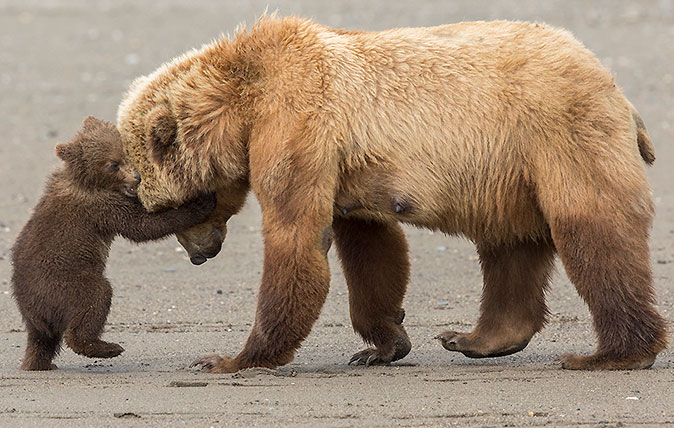

The competition has been running for over half a century, with this being its 53rd year. The competition attracted almost 50,000 entries from professionals and amateurs across the world, with images coming from 92 different countries.
The shortlisted pictures will be on display at the exhibition in the museum in Kensington as of 20th October (it runs until next Spring – you can book tickets here), but the category winners and overall award will be announced three days before that, on October 17.
And if you missed the deadline to submit your own entry this year, you won't have to wait long to enter the 54th running of the competition: new entries will be accepted as of October 23. See www.nhm.ac.uk/visit/wpy/competition.html for more details.
Sewage surfer by Justin Hofman
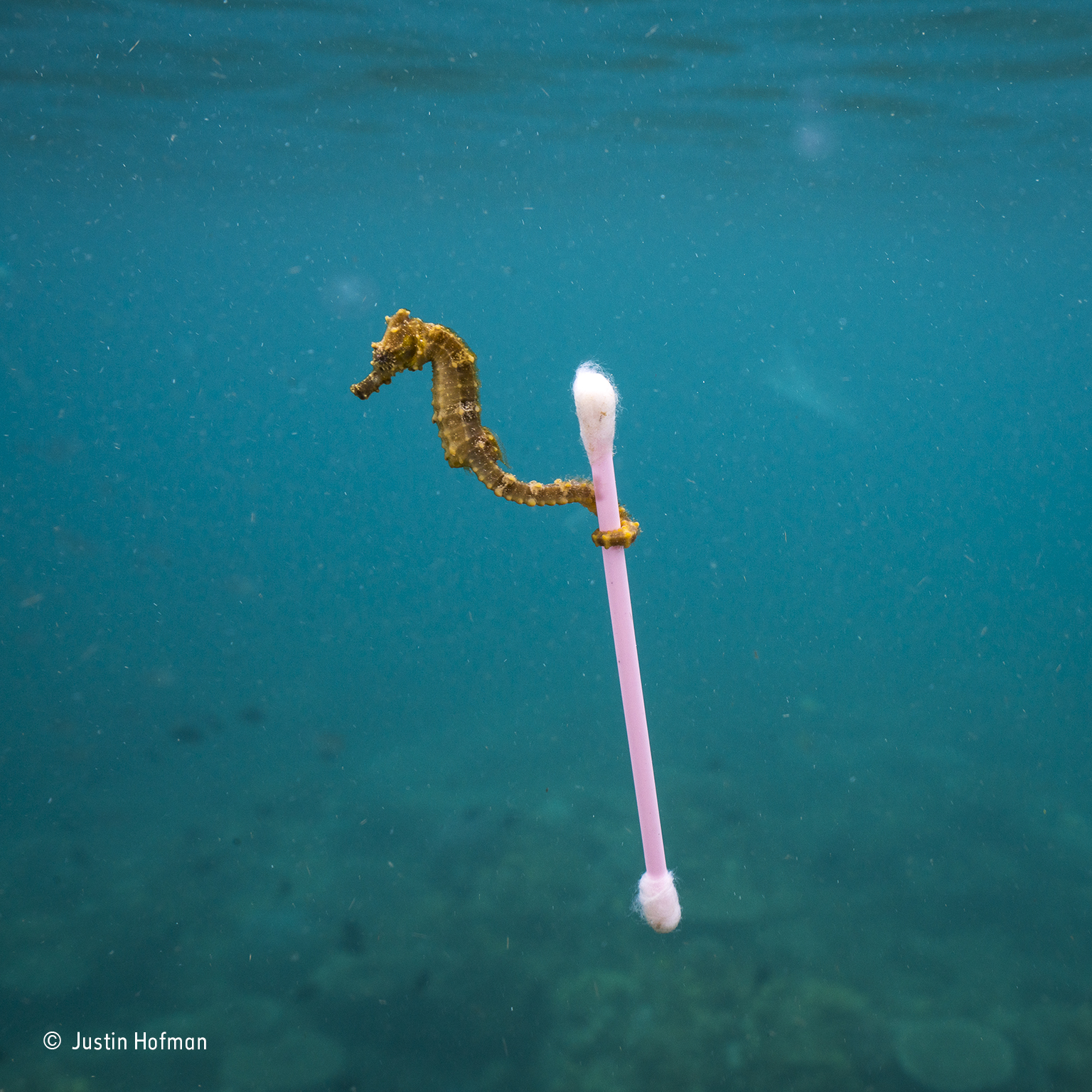
'This tiny sea horse drifted through our snorkeling site along with a raft of tide-driven trash, especially bits of plastic,' says Justin. 'It was a heartbreaking scene that perfectly summed up my experience in Indonesia.'
As Justin, the seahorse and the cottonbud spun through the ocean together, waves splashed into Justin’s snorkel. The next day, he fell ill.
Indonesia has the world’s highest levels of marine biodiversity but is second only to China as a contributor to marine plastic debris – debris forecast to outweigh fish in the ocean by 2050. Indonesia has pledged to reduce by 70 per cent the amount of waste it discharges into the ocean.
Bold Eagle by Klaus Nigge
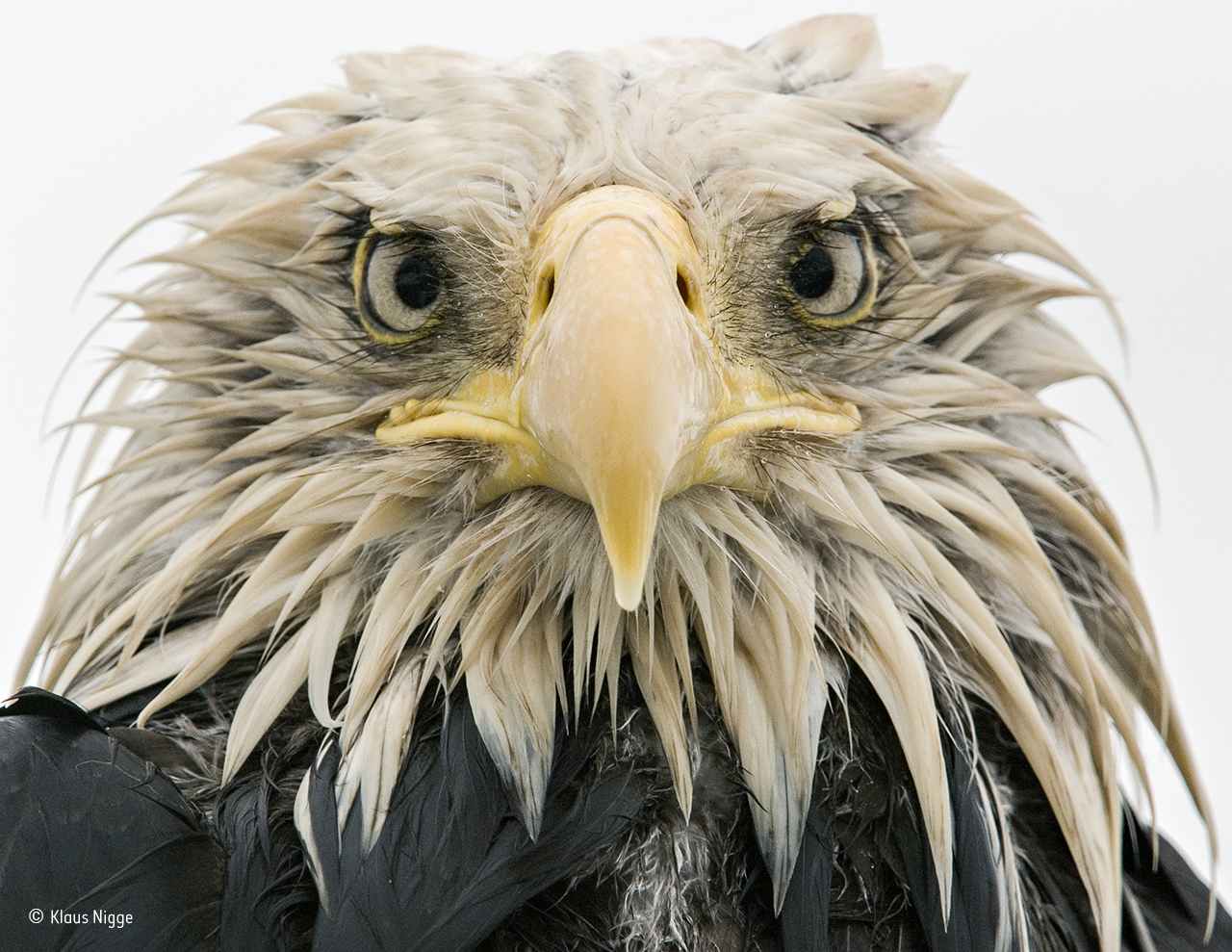
‘As the eagle edged nearer, picking up scraps, I lowered my head,’ says Klaus, ‘looking through the camera to avoid direct eye contact.’ It came so close that it towered over him. His low perspective and simple composition, allowing full concentration on the eagle’s expression, created an intimate portrait, enhanced by the overcast light of the rainy day.
Exquisite houses, the beauty of Nature, and how to get the most from your life, straight to your inbox.
Saved but caged by Steve Winter

A back leg of this six-month-old Sumatran tiger cub was so badly mangled by a snare that it had to be amputated. He was lucky to survive at all, having been trapped for four days before being discovered in a rainforest in Aceh Province on the Indonesian island of Sumatra.
This tiger cub had undergone surgery when its picture was snapped by Steve Winter. The tiger chewed through his original bandage and so they had to clean out the wound again and sew it back up.
The power of the matriarch by David Lloyd
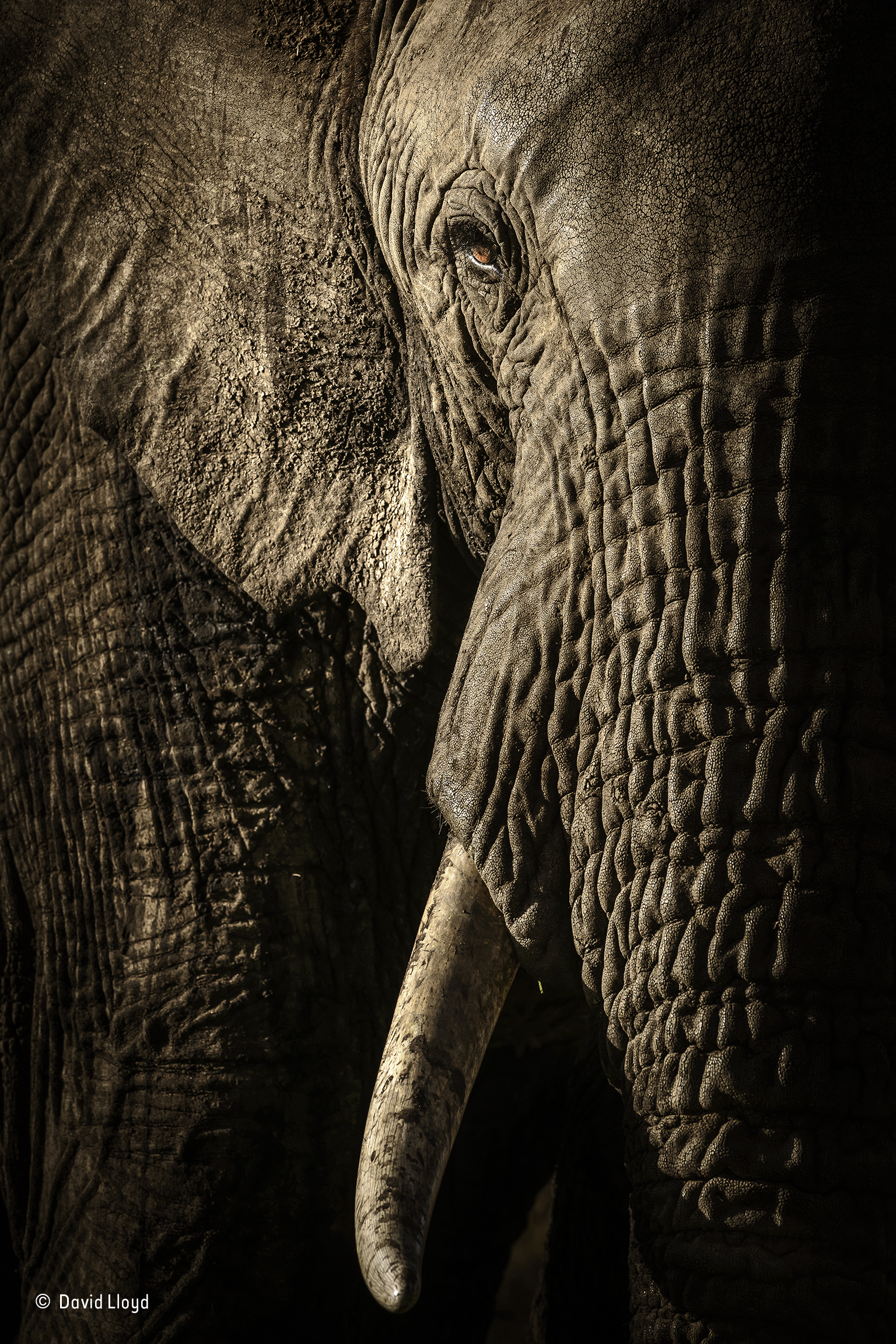
At dusk, in Kenya’s Maasai Mara National Reserve, David waited for the herd of elephants on their evening trek to a waterhole. As they got closer to his vehicle, he could see that the mellow light from the fast-setting sun was emphasising every wrinkle and hair.
For a photographer who enjoys working with texture, this was a gift. Her gaze was, he says, full of respect and intelligence – the essence of sentience.
Winter pause by Mats Andersson

Mats walks every day in the forest near his home in southern Sweden, often stopping to watch the squirrels foraging in the spruce trees. On this cold, February morning, the squirrel’s demeanour encapsulated the spirit of winter, captured by Mats using the soft-light grain of black and white.
Saguaro twist by Jack Dykinga
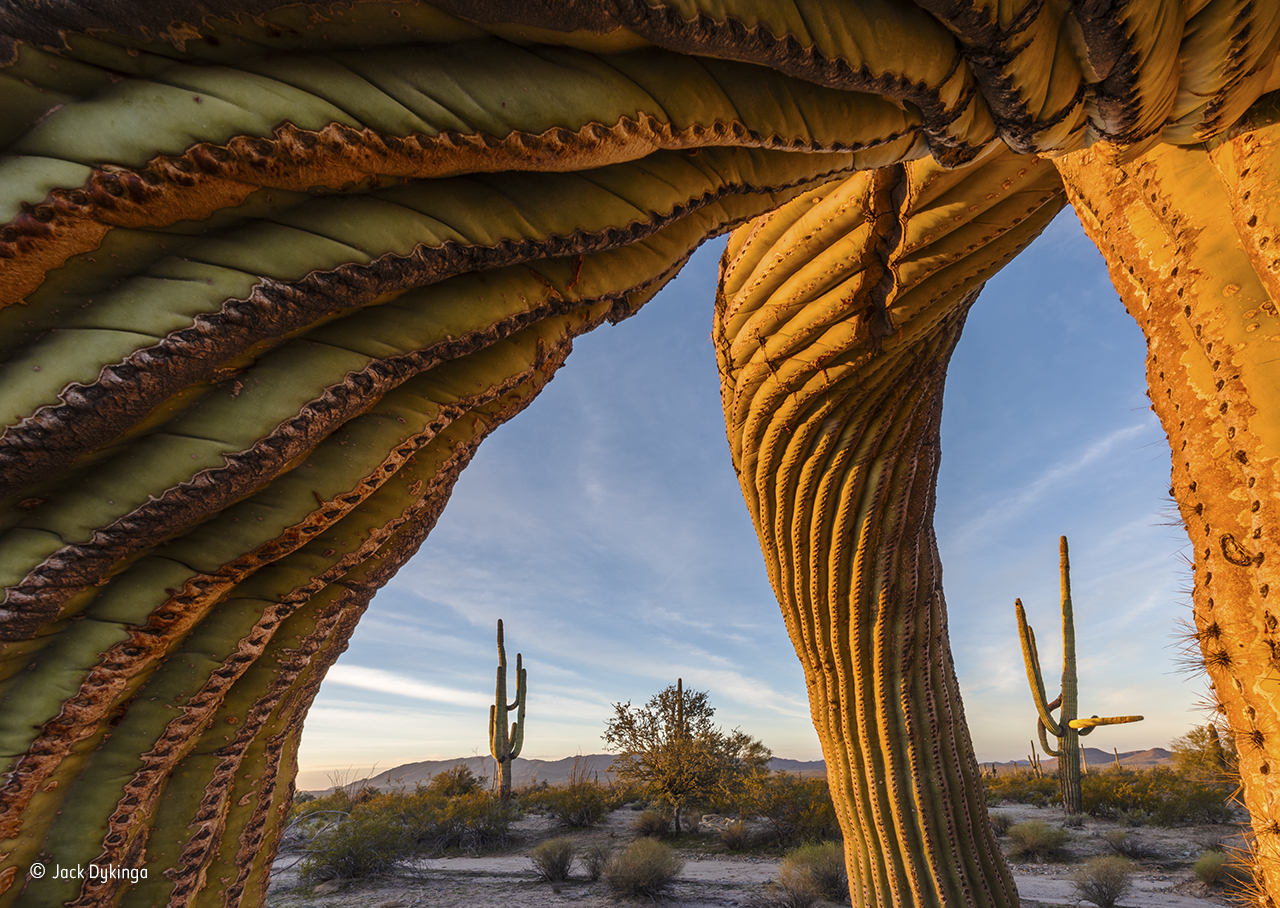
A band of ancient giants commands the expansive arid landscape of Arizona’s Sonoran Desert National Monument in the US. These emblematic saguaro cacti – up to 200 years old – may tower at more than 12 metres (40 feet) but are very slow growing, some sprouting upwardly curved branches as they mature.
A lifetime of searching out victims near his desert home led Jack to know several that promised interesting compositions. ‘This one allowed me to get right inside its limbs,’ he says. As the gentle dawn light bathed the saguaro’s contorted form, Jack’s wide angle revealed its furrowed arms, perfectly framing its neighbours before the distant Sand Tank Mountains.
Bear hug by Ashleigh Scully

'This past summer I visited Lake Clark National Park in Alaska, to photograph Alaskan brown bears,' says Ashleigh, who is shortlisted in the age 11-14 category. 'Having photographed a few distant grizzly bears in Wyoming before, I was eager to observe these bears more closely, and I desperately wanted a window into their family behaviour.
'I was lucky enough to watch two separate brown bear sows with spring cubs. I watched them browse for sedge grass in the meadows, forage for clams on the beach during low tide, sleep on the forest edges and most of all, play. The spring cubs were full of energy. This mother in particular was extremely patient with her cubs as they romped around and tried to get her attention. This young cub seemed to think that it was big enough to wrestle mom to the sand. Despite all of its efforts, mom stood firm, but did so with a bit of a smile.
'I'm sure she was happy to know that this cub was a fighter, as this attitude would serve the cub well as it learned to survive along the Alaskan coast.'
Romance among the angels by Andrey Narchuk
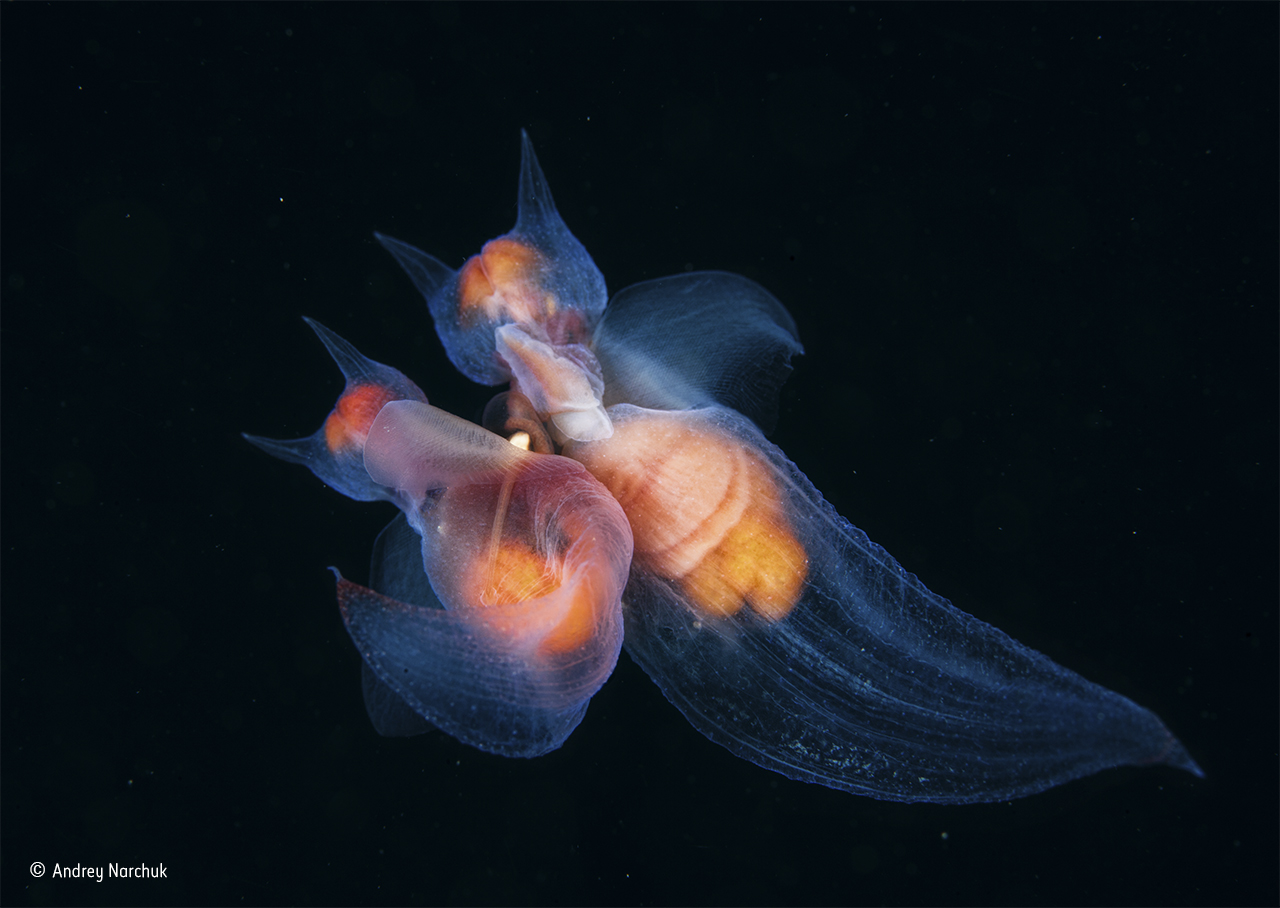
Andrey was on an expedition to the Sea of Okhotsk in the Russian Far East, and his intention on this day was to photograph salmon. But as soon as he jumped into the water, he found himself surrounded by thousands of mating sea angels, each about an inch long.
One is slightly smaller than the other, as was the case with most of the couples Andrey observed, and they remained joined for 20 minutes. Both would go on to lay 30–40 tiny eggs after fertilization. Andrey had to battle against strong currents and avoid a wall of gill netting, and when he was swept into the net and his equipment became snared, he was forced to make an emergency ascent – but not before he had got his shot. The following day, there wasn’t a single angel to be seen.
Resplendent delivery by Tyohar Kastiel

Tyohar watched the pair of resplendent quetzals from dawn to dusk for more than a week as they delivered fruits and the occasional insect or lizard to their two chicks. Resplendent quetzals usually nest in thicker forest, but this pair had picked a tree in a partly logged area in the Costa Rican cloud forest of San Gerardo de Dota.
Arctic treasure by Sergey Gorshkov
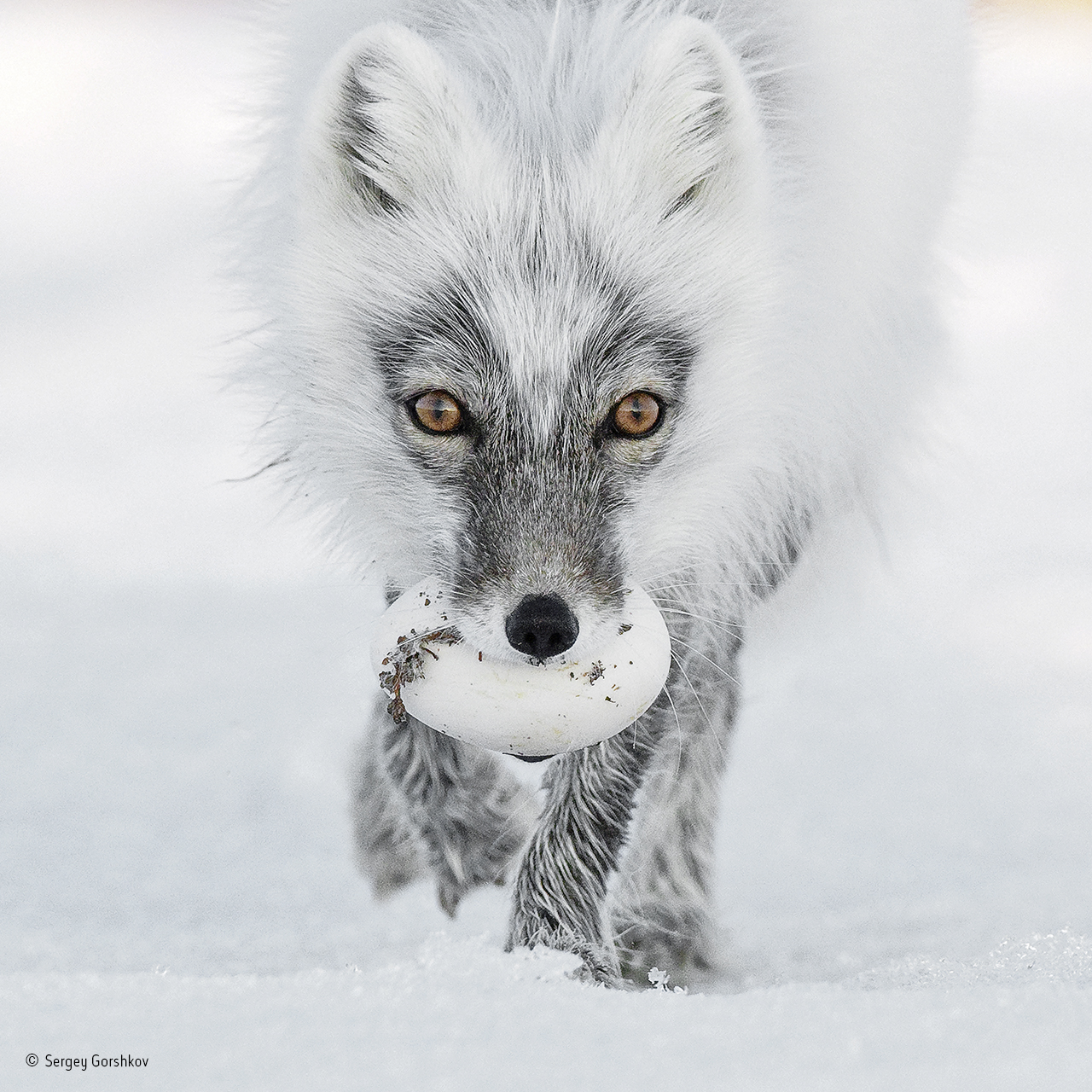
Carrying its trophy from a raid on a snow goose nest, an Arctic fox heads for a suitable burial spot. This is June and bonanza time for the foxes of Wrangel Island in the Russian Far East. Lemmings are the basic diet for Arctic foxes, but Wrangel suffers long, harsh winters and is ice‑bound for much of the year, making it a permanent source of stored food for these opportunist animals.
The insiders by Qing Lin

The bulbous tips of the aptly named magnificent anemone’s tentacles contain cells that sting most fish. But the clown anemonefish goes unharmed thanks to mucus secreted over its skin, which tricks the anemone into thinking it is brushing against itself.
While diving in the Lembeh Strait in North Sulawesi, Indonesia, Qing noticed something strange about this particular cohabiting group. Each anemonefish had an extra pair of eyes inside its mouth – those of a parasitic isopod (a crustacean related to woodlice).
With great patience and a little luck – the fish darted around unpredictably – Qing captured these three rather curious individuals momentarily lined up, eyes front, mouths open and parasites peeping out.
Swim gym by Laurent Ballesta
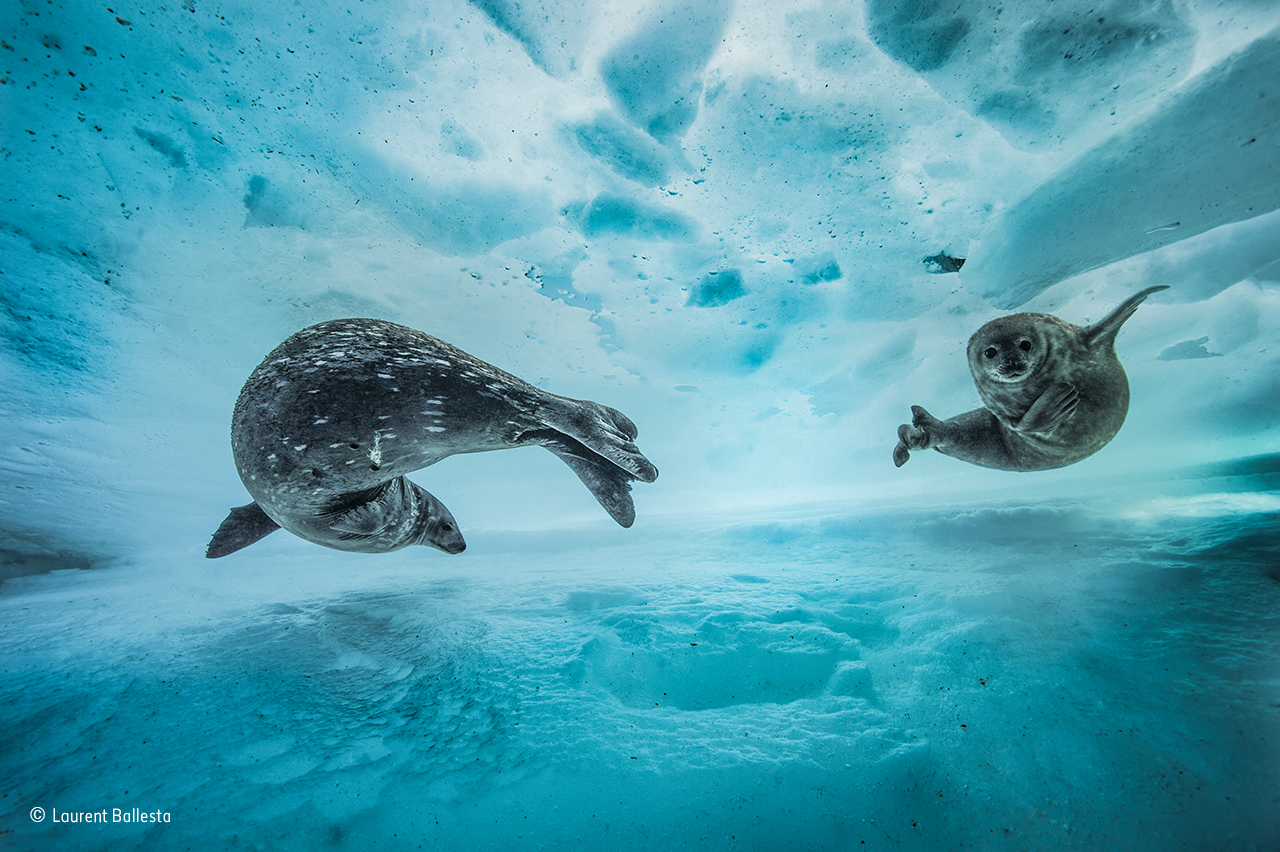
‘We were still a few metres from the surface, when I heard the strange noises,’ says Laurent. Suspecting Weddell seals – known for their repertoire of at least 34 different underwater call types – he approached slowly.
The pair, unbothered by Laurent’s presence, slid effortlessly between the sheets of the frozen labyrinth. ‘They looked so at ease, where I felt so inappropriate,’ says Laurent. Relying on light through the ice above, he captured the curious gaze of the pup, the arc of its body mirroring that of its watchful mother.
Glimpse of a lynx by Laura Albiac Vilas
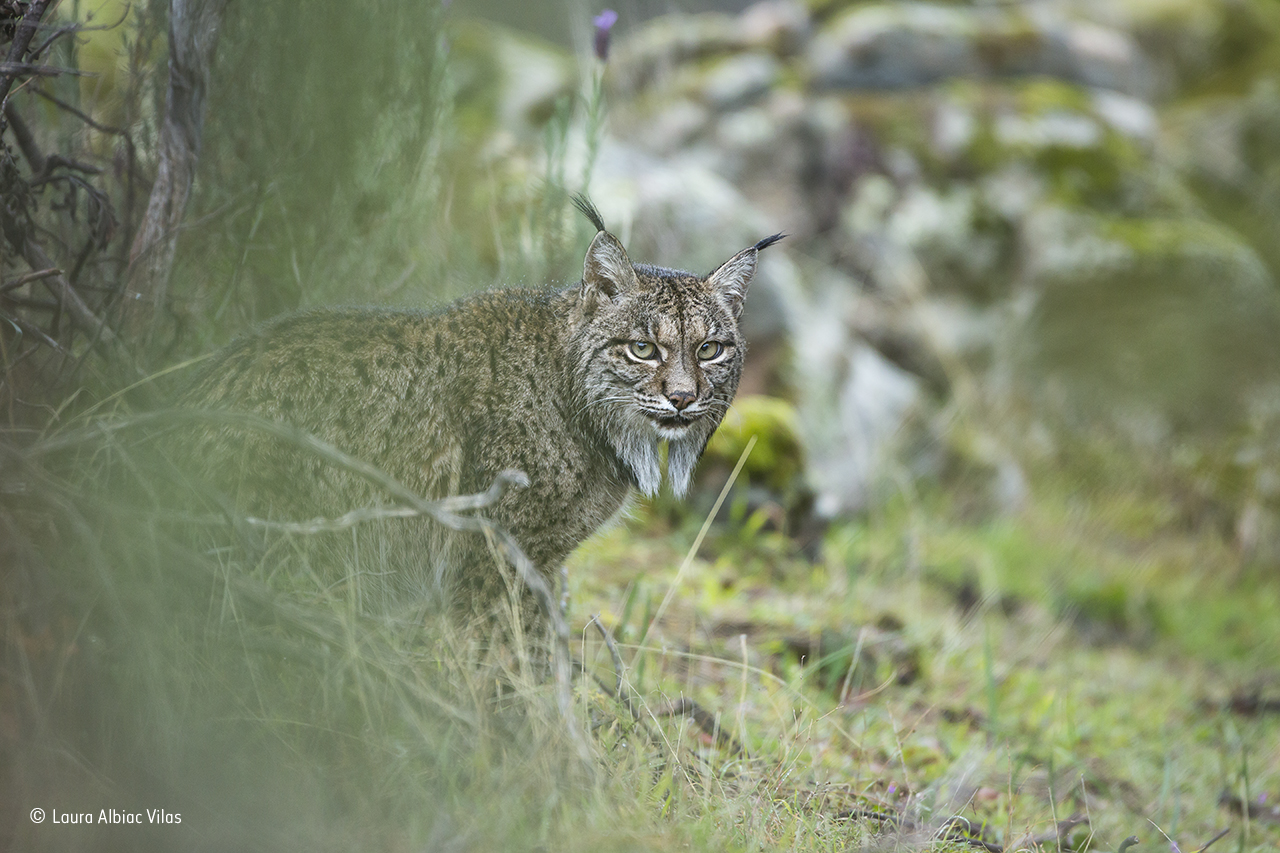
Laura – shortlisted in the age 11-14 category – had seen many of Spain’s wild animals, but never the illusive Iberian lynx, an endangered cat found only in two small populations in southern Spain.
Laura’s family travelled to the Sierra de Andújar Natural Park in search of the lynx – and struck lucky on their second day – a pair were relaxing not far from the road. There were many photographers there but an atmosphere of ‘respect’. Laura watched for an hour and a half, the only sound being the whirr of cameras if a cat glanced in their direction. ‘The animals’ attitude surprised me. They weren’t scared of people – they simply ignored us,’ says Laura. ‘I felt so emotional to be so close to them.’

Credit: Daisy Gilardini / Natural History Museum
25 magical photographs shortlisted for Wildlife Photographer of the Year
The shortlist for the Wildlife Photographer of the Year awards is out - and you have a chance to vote
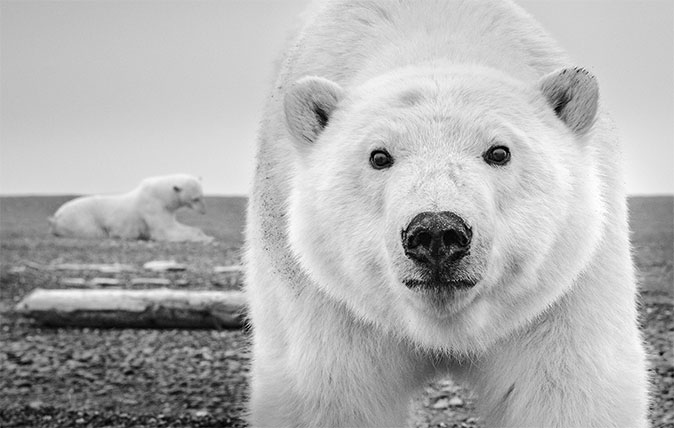
10 phenomenal wildlife pictures from David Yarrow’s new exhibition
Wildlife photographer David Yarrow will have his stunning photographs on display at a new gallery in West London for the
Country Life is unlike any other magazine: the only glossy weekly on the newsstand and the only magazine that has been guest-edited by His Majesty The King not once, but twice. It is a celebration of modern rural life and all its diverse joys and pleasures — that was first published in Queen Victoria's Diamond Jubilee year. Our eclectic mixture of witty and informative content — from the most up-to-date property news and commentary and a coveted glimpse inside some of the UK's best houses and gardens, to gardening, the arts and interior design, written by experts in their field — still cannot be found in print or online, anywhere else.
